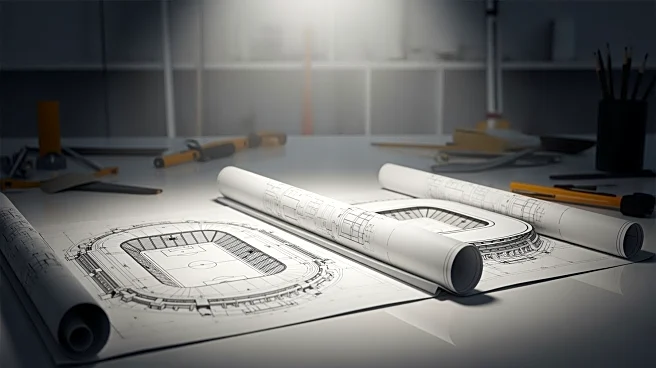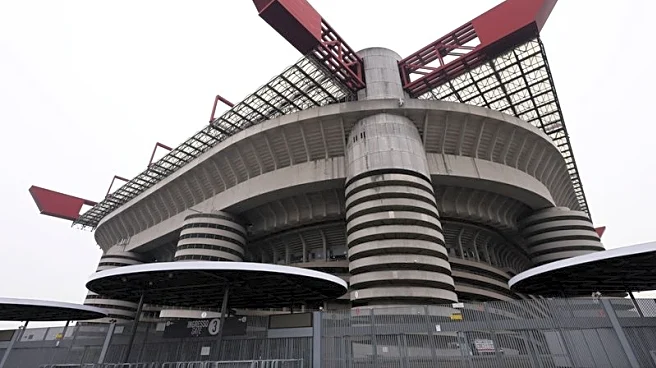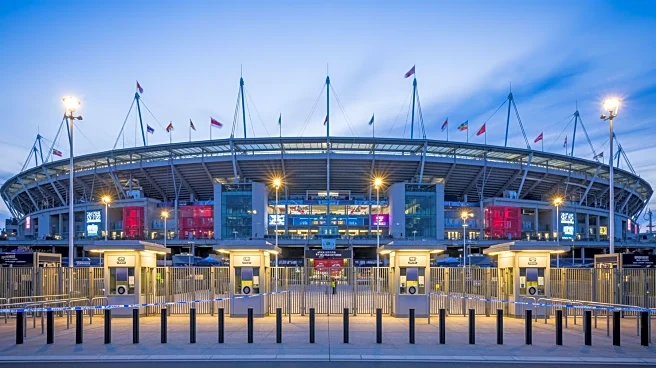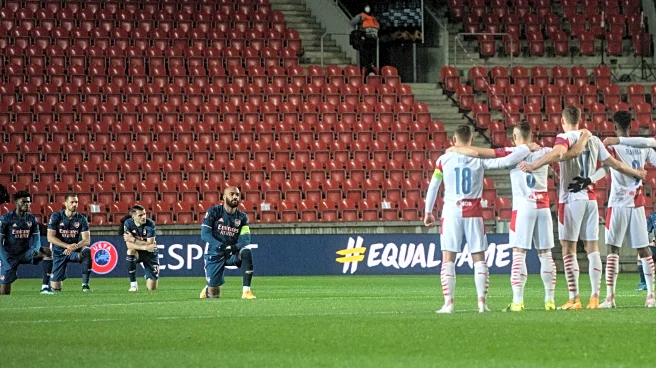What's Happening?
AC Milan and Inter Milan have officially announced their acquisition of the San Siro stadium and the surrounding land. The clubs plan to demolish the existing structure and construct a new stadium on the same
site. This decision follows a long history of sharing the San Siro as their home ground since 1947. The clubs have commissioned architectural firms Foster + Partners and MANICA to design the new stadium and develop a master plan for the area. The new development aims to create a world-class facility that will serve as a modern home for both teams.
Why It's Important?
The acquisition and planned redevelopment of the San Siro stadium by AC Milan and Inter Milan mark a significant investment in the future of both clubs. This move is expected to enhance the clubs' competitiveness by providing state-of-the-art facilities that can attract more fans and generate additional revenue streams. The new stadium is likely to boost the local economy by creating jobs during the construction phase and increasing tourism once completed. Additionally, the project reflects a broader trend in European football where clubs are investing in infrastructure to improve their financial and competitive standing.
What's Next?
The next steps involve the detailed planning and design phase, followed by obtaining necessary approvals from local authorities. Construction timelines will be established once these preliminary stages are completed. Stakeholders, including fans and local businesses, will be keenly observing the development process, as the new stadium is expected to become a landmark in Milan. The clubs will also need to manage the transition period effectively to minimize disruption to their home games during construction.
Beyond the Headlines
The decision to build a new stadium on the site of the historic San Siro raises cultural and emotional considerations for fans who have long associated the venue with memorable moments in football history. Balancing modern needs with preserving the legacy of the San Siro will be a challenge for the clubs. Additionally, the project may set a precedent for other clubs considering similar investments in infrastructure, potentially influencing the future landscape of European football stadiums.














